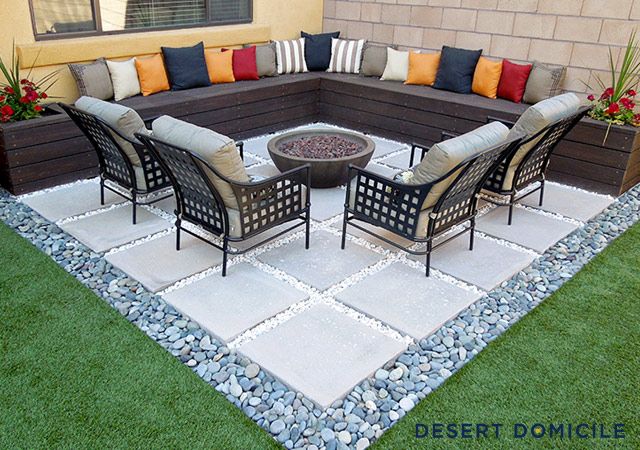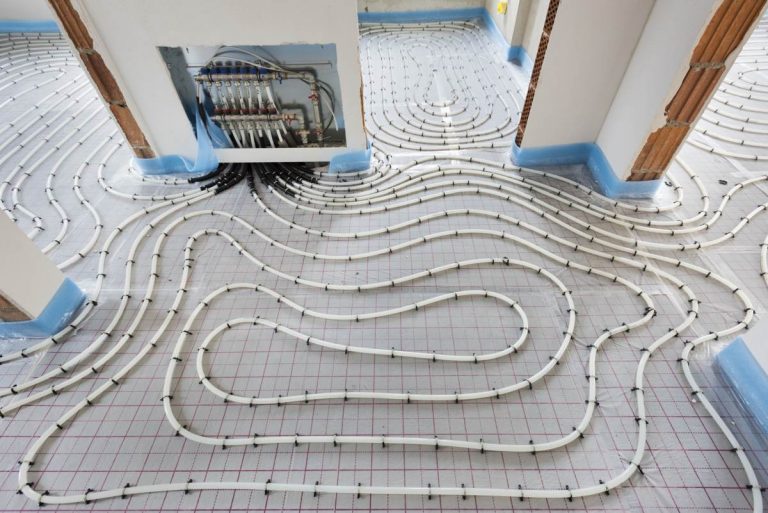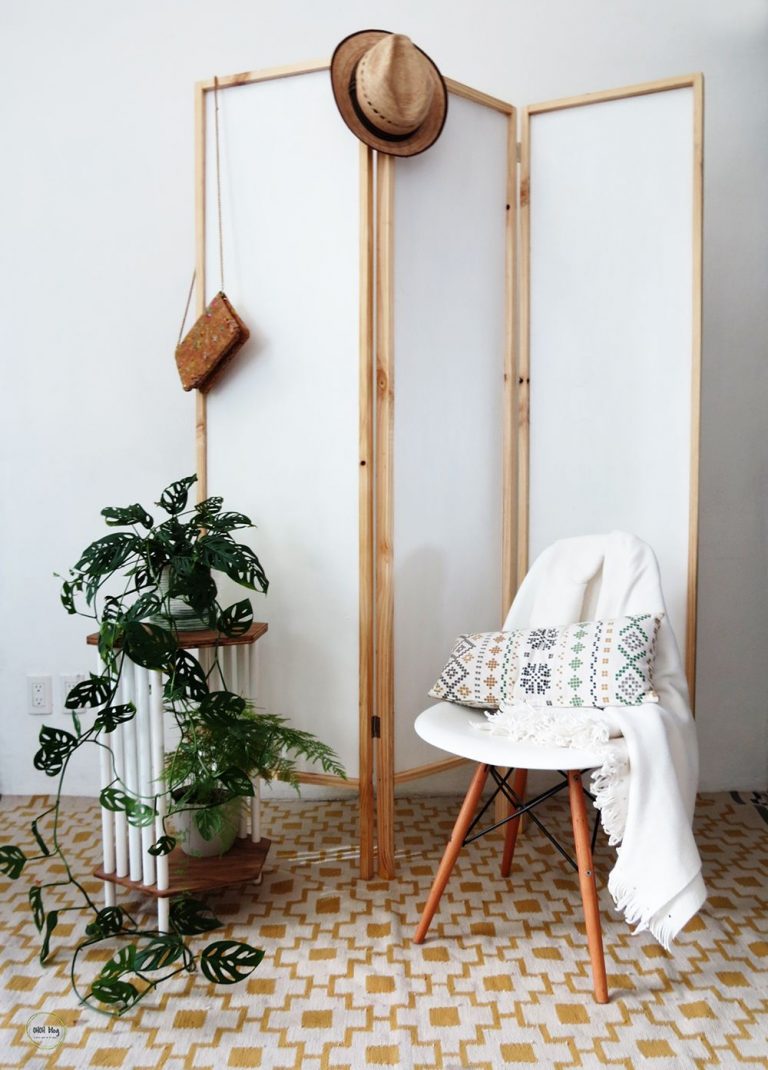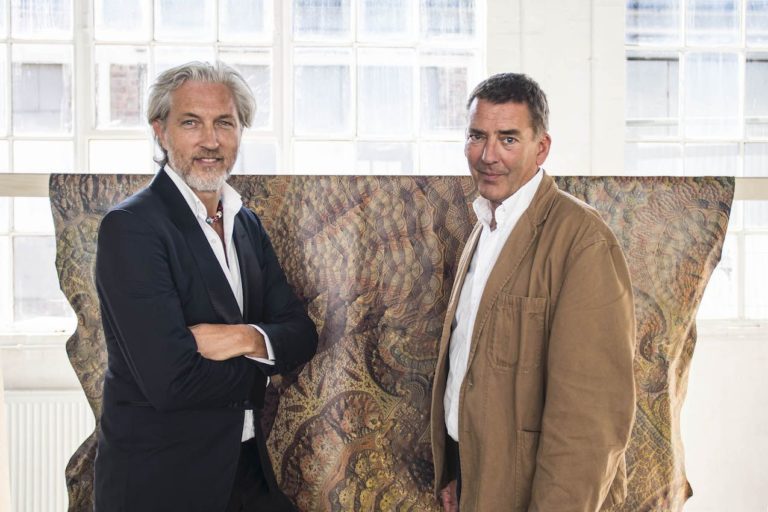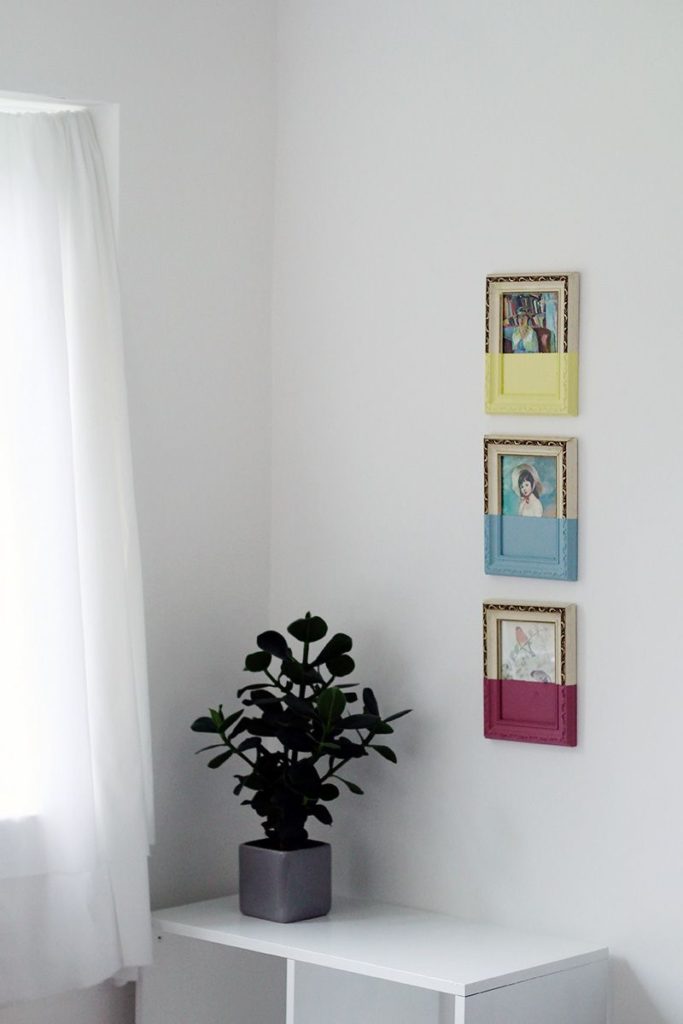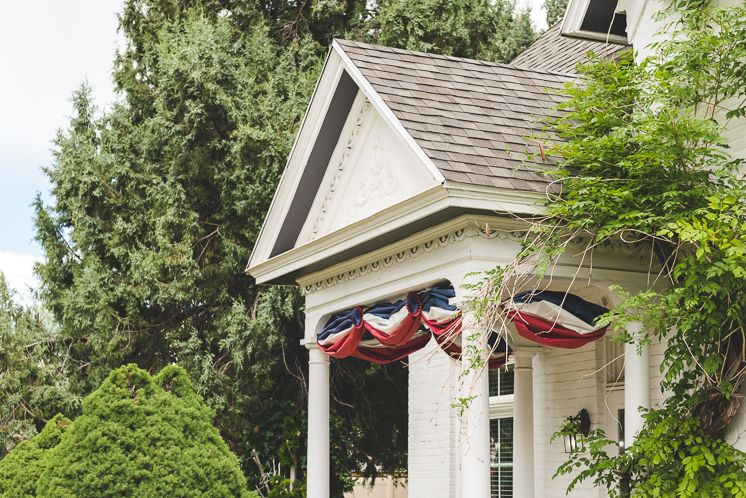The First 3D Printed Home Is a Solution to Affordable Housing
We spend a lot of time at Homedit perusing, exploring and writing about the coolest home and interior designs to inspire you to create a stylish space of your own. Of course, that assumes that you have the luxury of a sturdy roof over your head, something that millions around the world do not. Building a low-cost but strong and functional home for people who don’t have housing has been a global challenge, but the answer might be found in a new technology: 3D printing. In fact, a company has created the first 3D-printed house — that meets permitting specifications — in less than 24 hours and for about $4,0000.
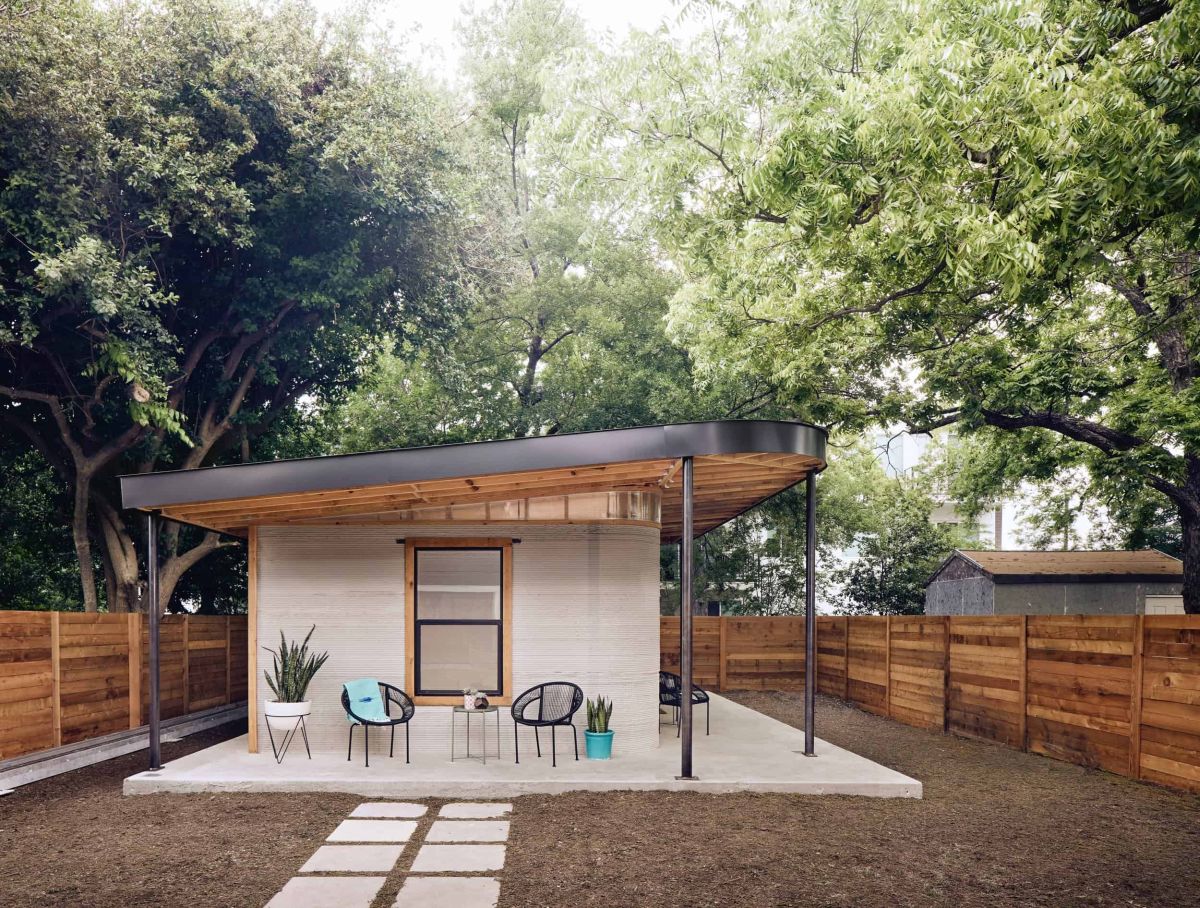
Austin, Texas-based ICON has come up with a way to print a one-story house out of cement in less than a day. This 650-square-foot home has a bedroom, a bathroom, a living room and a small office and was built to be showcased at SXSW 2018 and SXSW 2019. The company has partnered with a non-profit called New Story with the aim of bringing this type of housing to underdeveloped areas, beginning with El Salvador.
ICON had earlier produced a smaller prototype — a tiny home of 350 square feet — that took 14 hours and $10,000 to build. At the time, the printer was running at only 25 percent of its capacity, making ICON sure that it could build a larger home for less, especially with its new upgraded model of 3D printer, called the Vulcan II. The amount may sound like a lot of money, but tiny houses typically run about $25,00 or more and take much longer to construct.
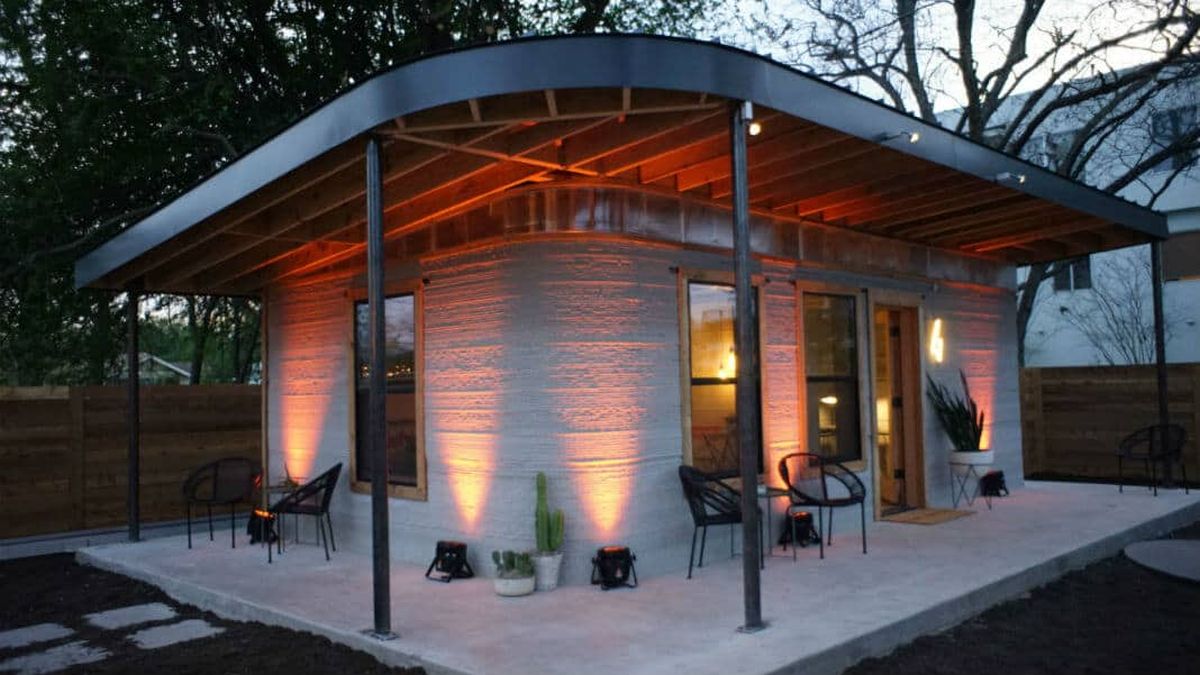
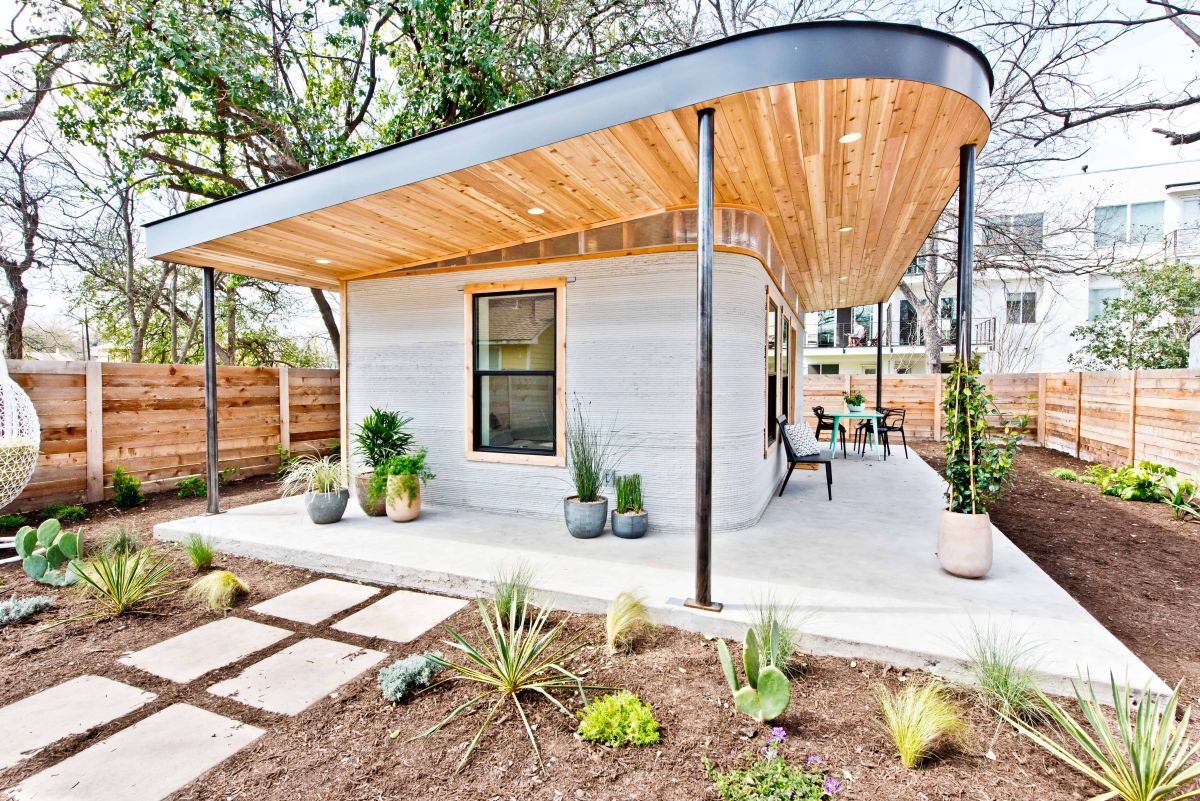
To spur the construction of these 3D-printed homes, ICON is selling is improved printer, the Vulcan II, which could be used anywhere to make affordable housing. The machine creates the walls of the building on site, mixing and extruding layers of cement that build up to form the structure. It is capable of making walls as long as 28 feet and as high as 8 feet. After the main building is complete, the non-printable elements like windows and doors are added manually. Another technological facet at play with these 3D homes is that the construction is controlled via a tablet, meaning that very few people are actually needed to build the home.
How does it hold up? Well, the ICON staff is using the Austin exhibit home as an office to test durability. Otherwise, the cement structure can stand up to extreme weather conditions.
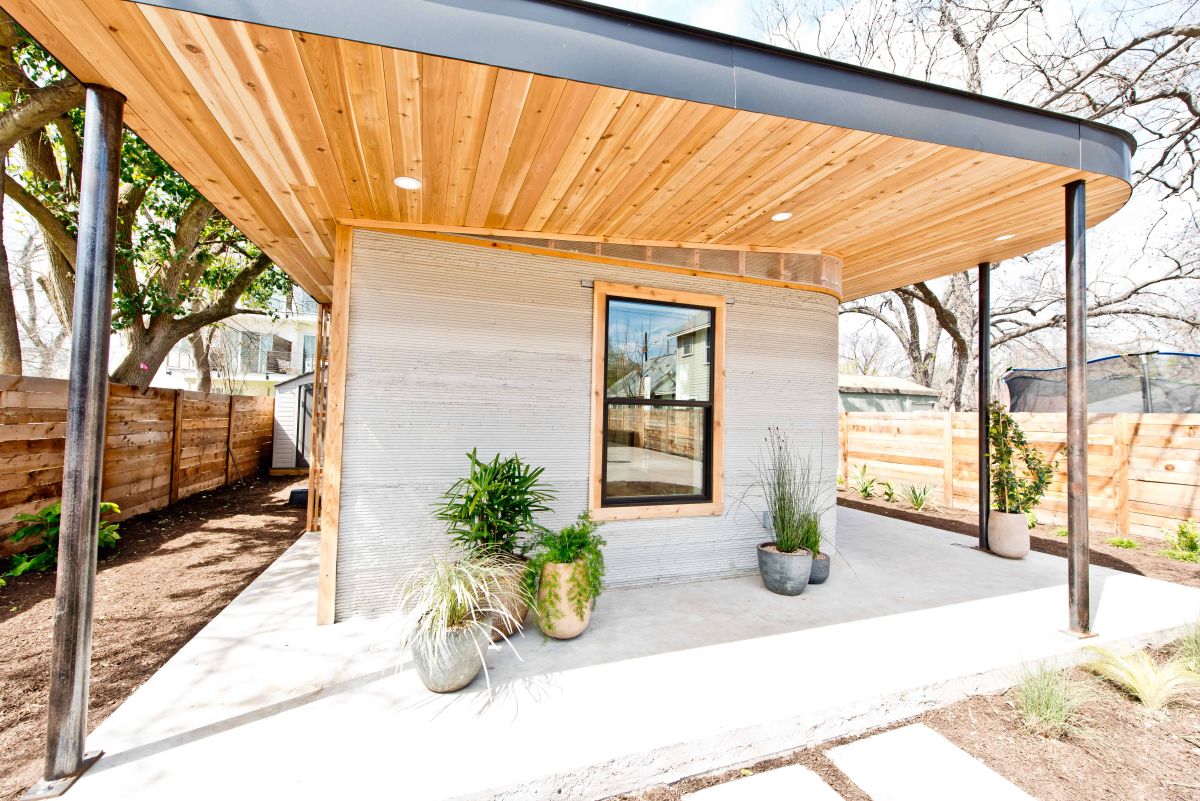
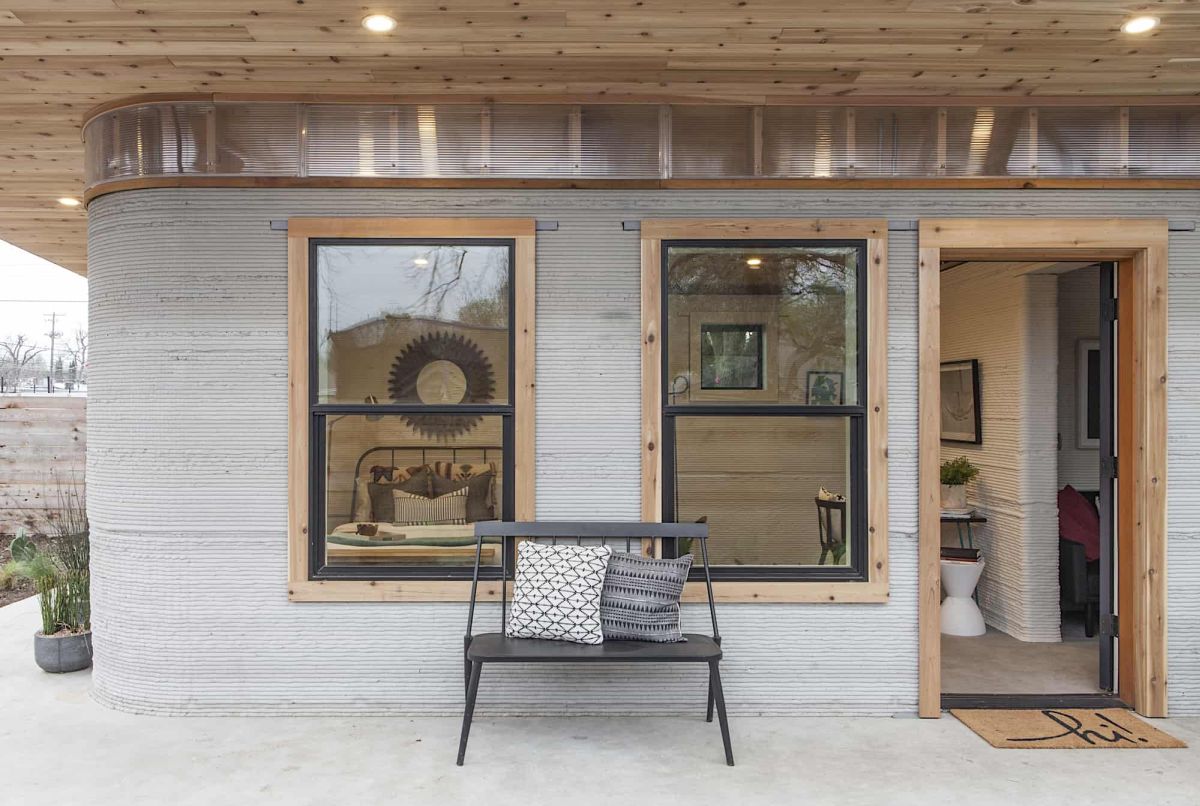
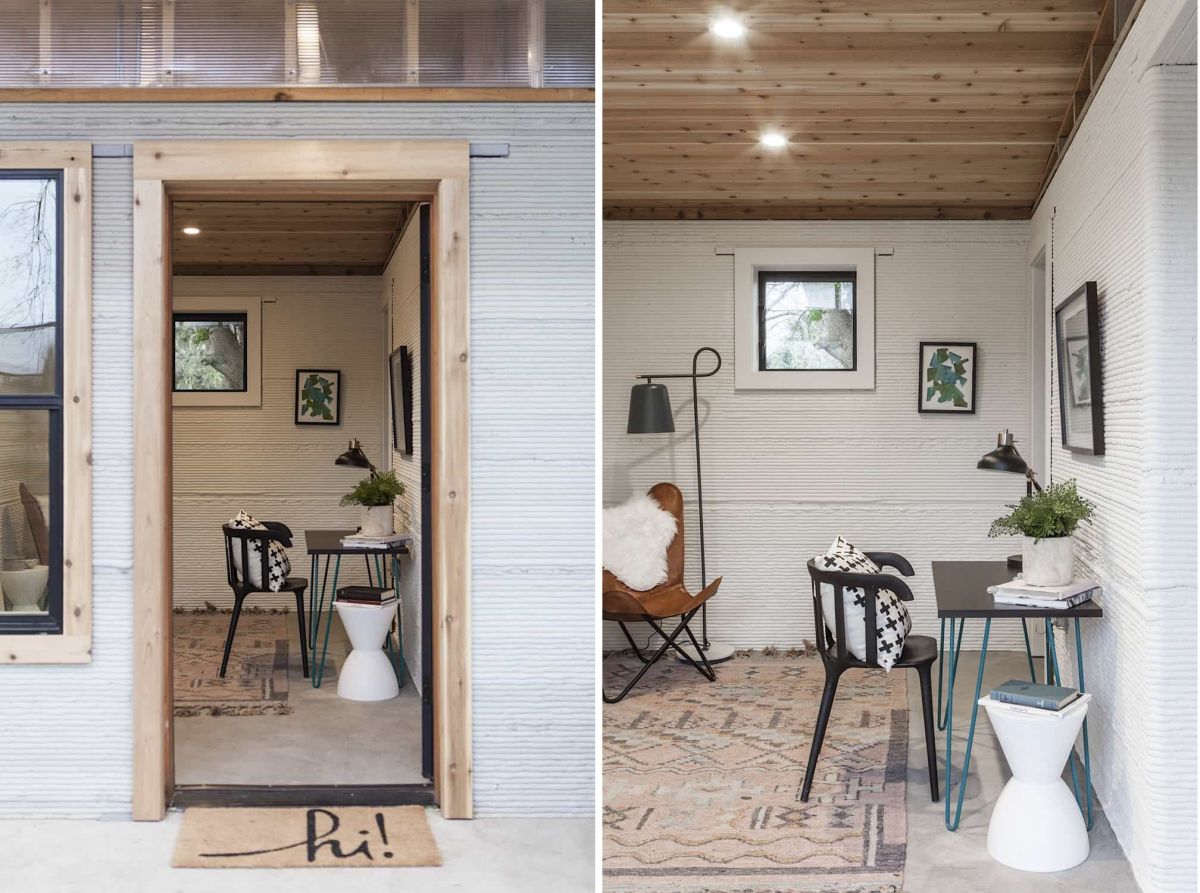
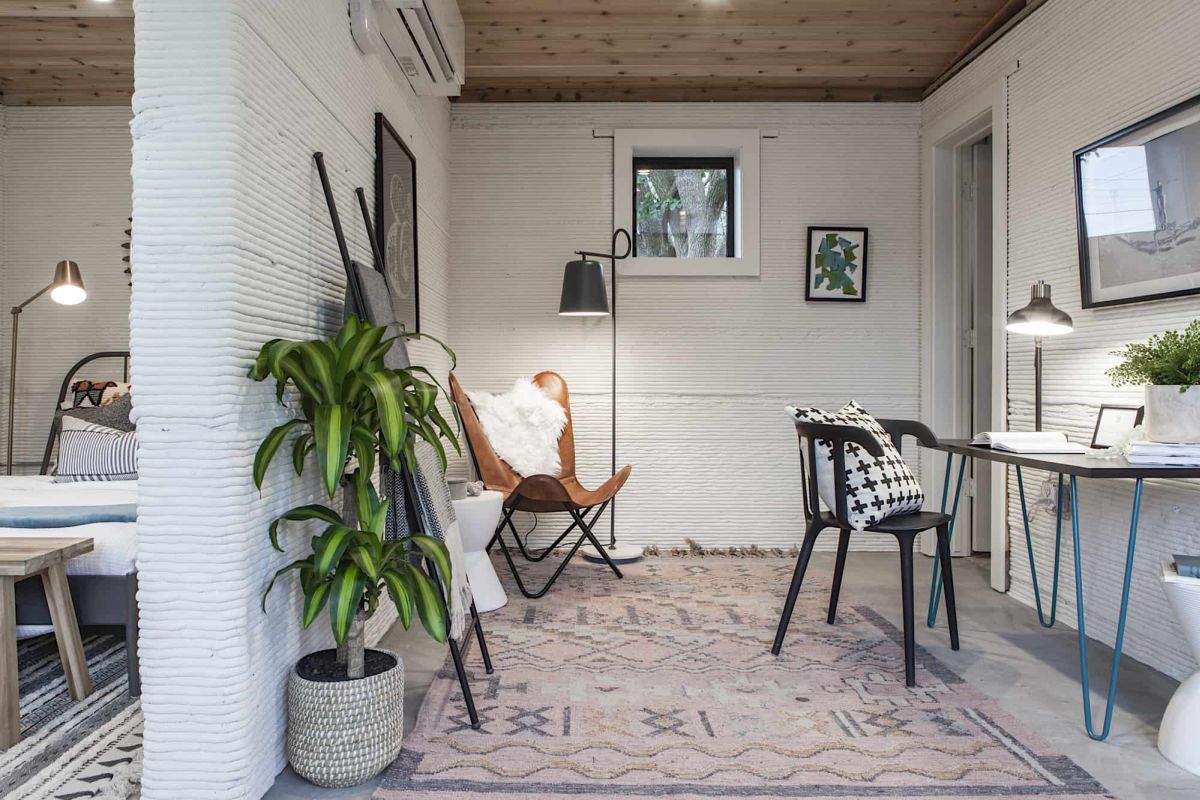

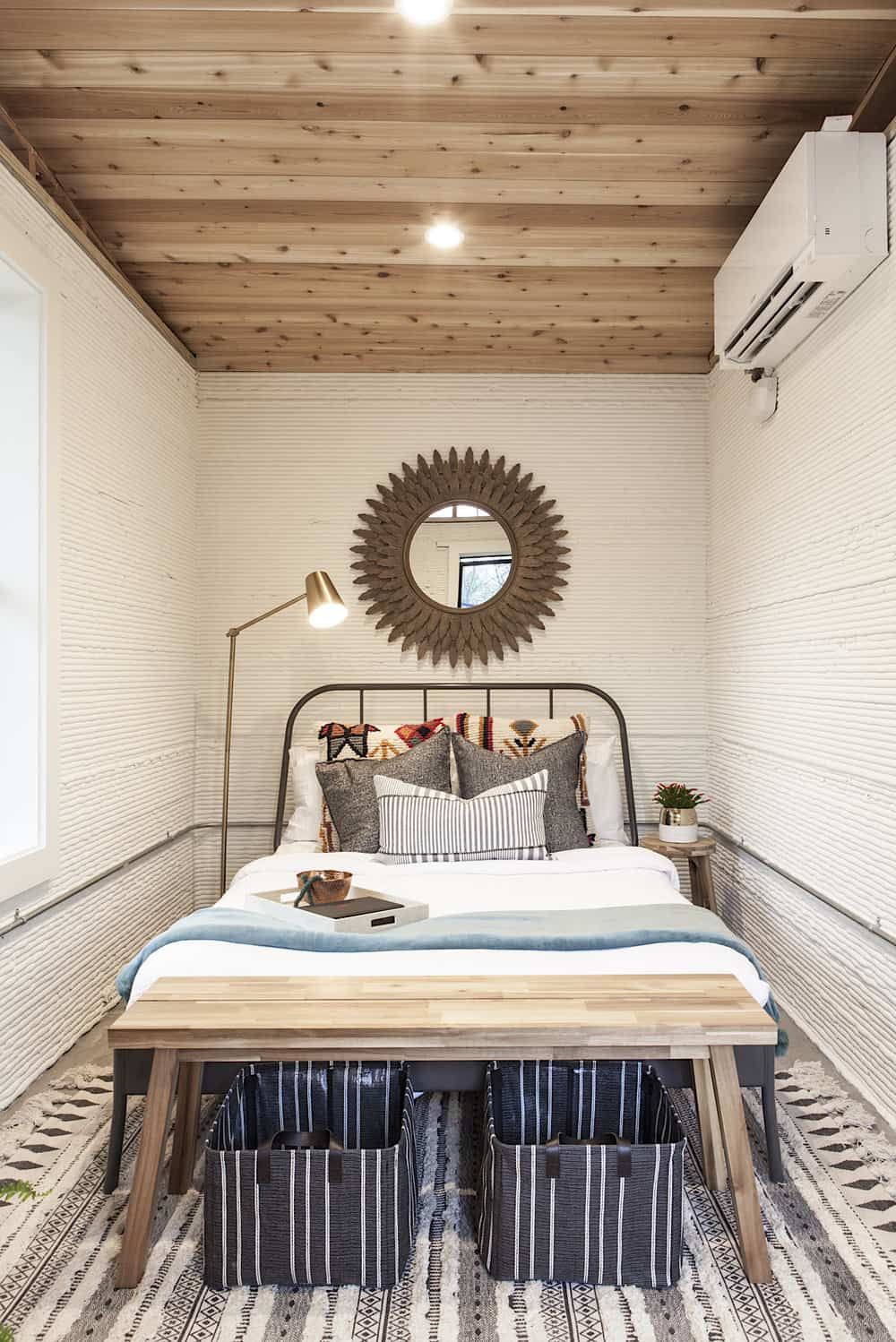
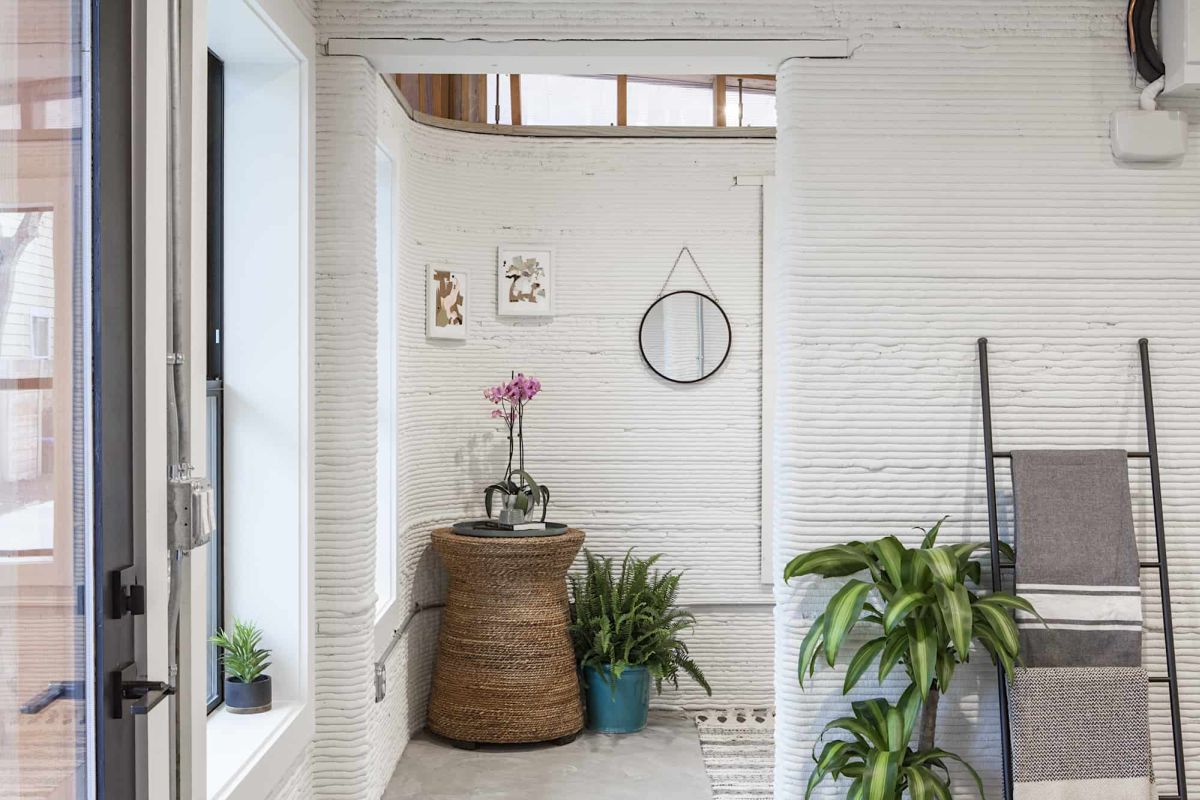
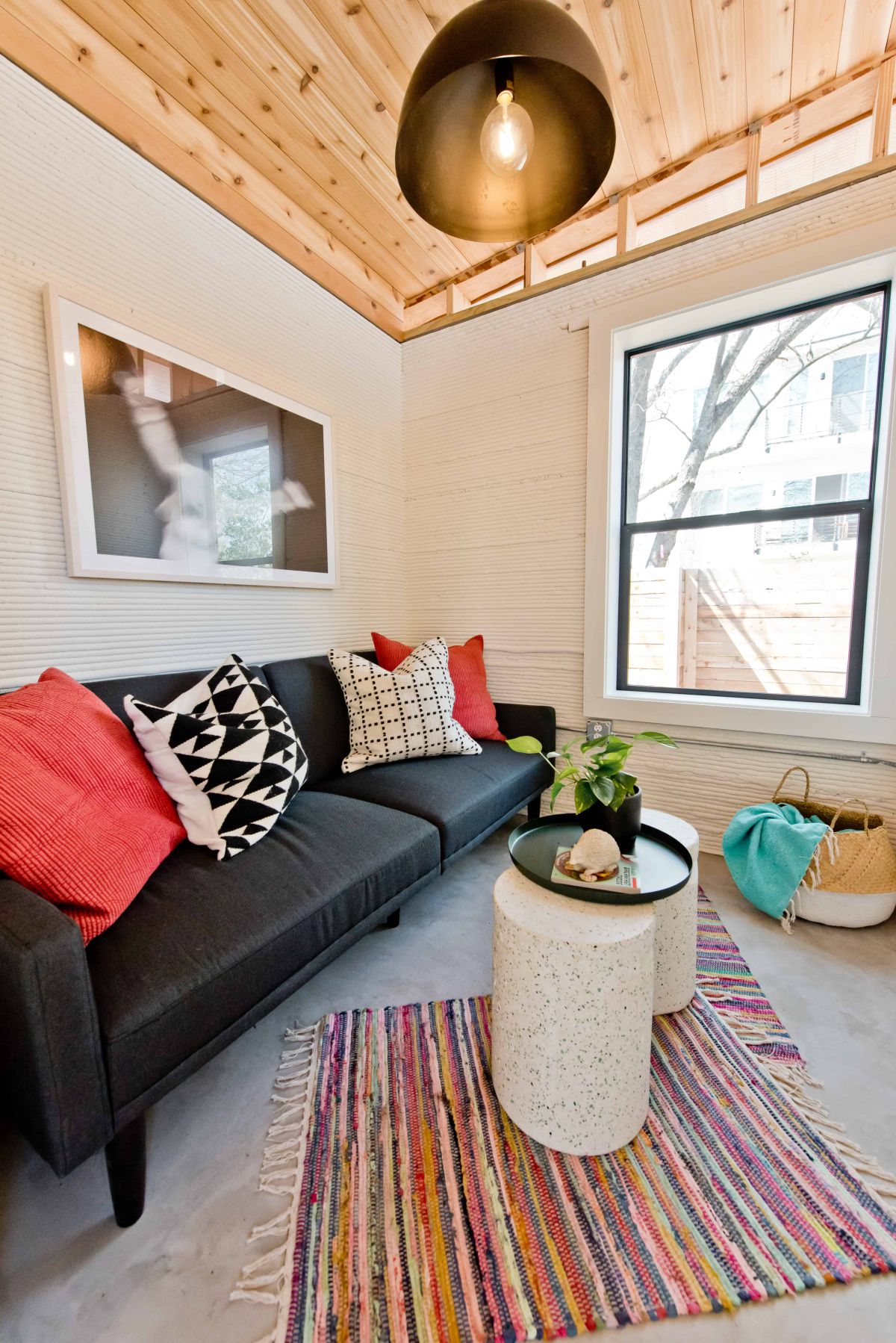
The next steps planned are to build 100 homes in El Salvador, where the geography is rough and flooding is common because housing construction there has been very difficult. New Story hopes that people will be able to occupy the homes later this year after safety and seismic testing is completed. And, according to reports from CNN, the non-profit wants to raise $1 million to print the 350-square-foot houses. Eventually, the organization would like to extend the project to house more of the world’s 1.3 billion people who currently live in slums, chipping away at the problem of global homelessness.
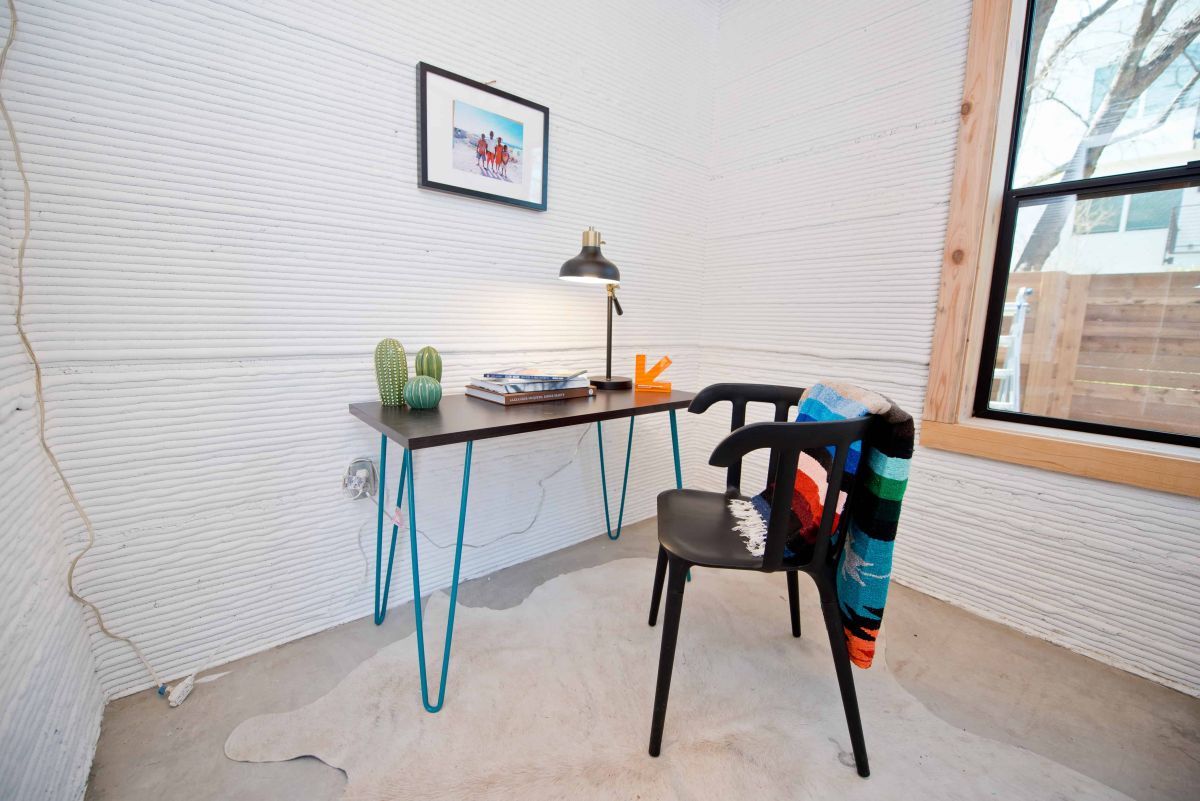
A little closer to home, Cielo Property Group of Texas wants to use this same system to build affordable houses in the Austin area. What about 3D printing bigger houses? The average size of an American home is about 2,000 square feet, which could be printed for around $20,000, according to a story in the Wall Street Journal.
According to New Story founder and COO Alexandria Lafci, sturdy walls and a door that can be closed at night to keep us safe is another thing we take for granted. Her hope is that Sby using the 3D building technology, safety, security and a roof overhead is something that more and more families will be able to achieve.
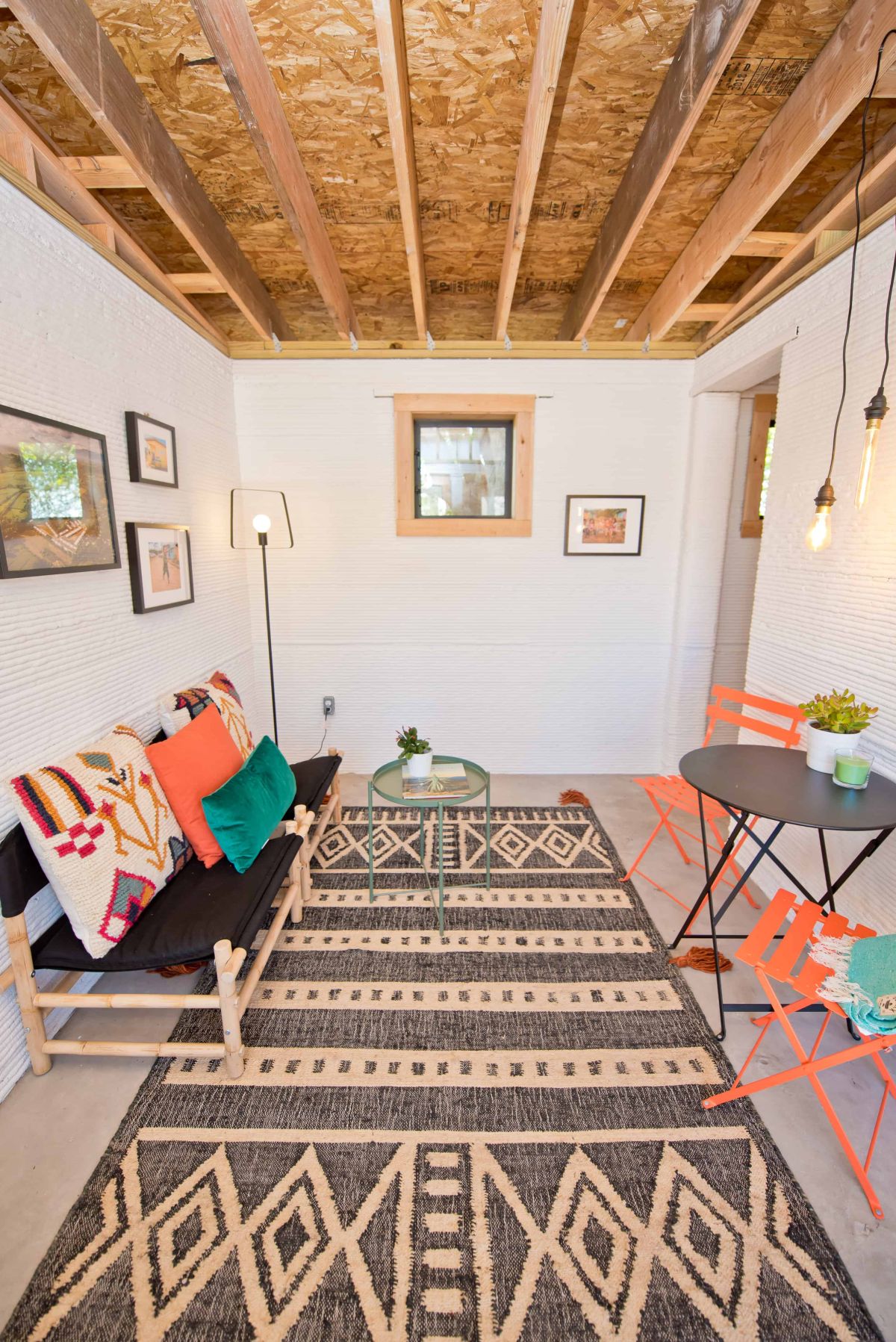
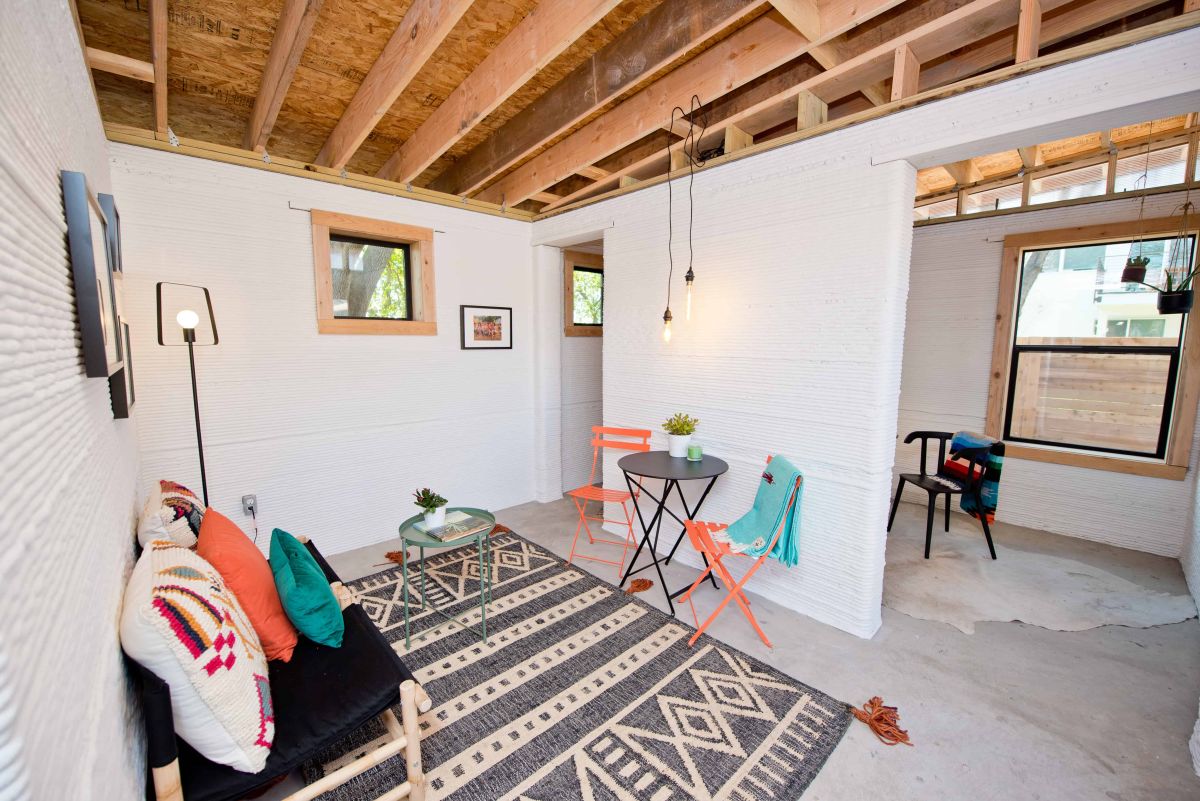
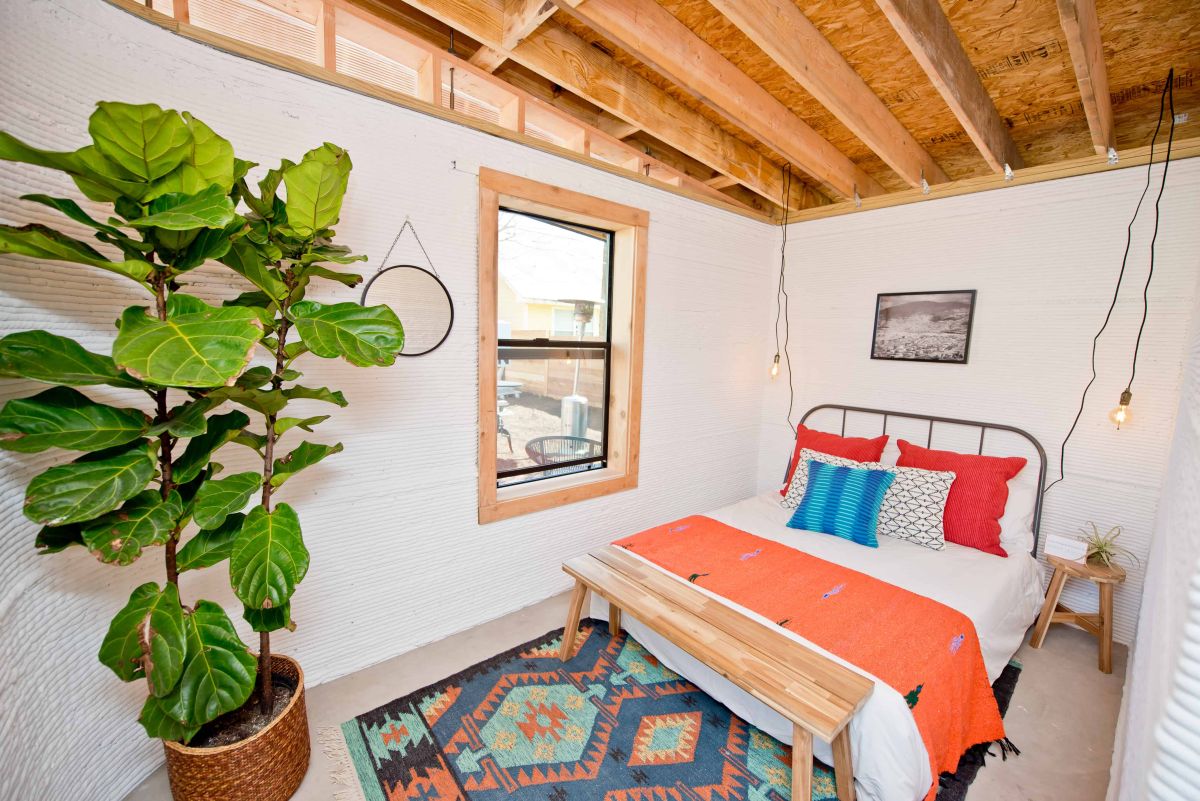
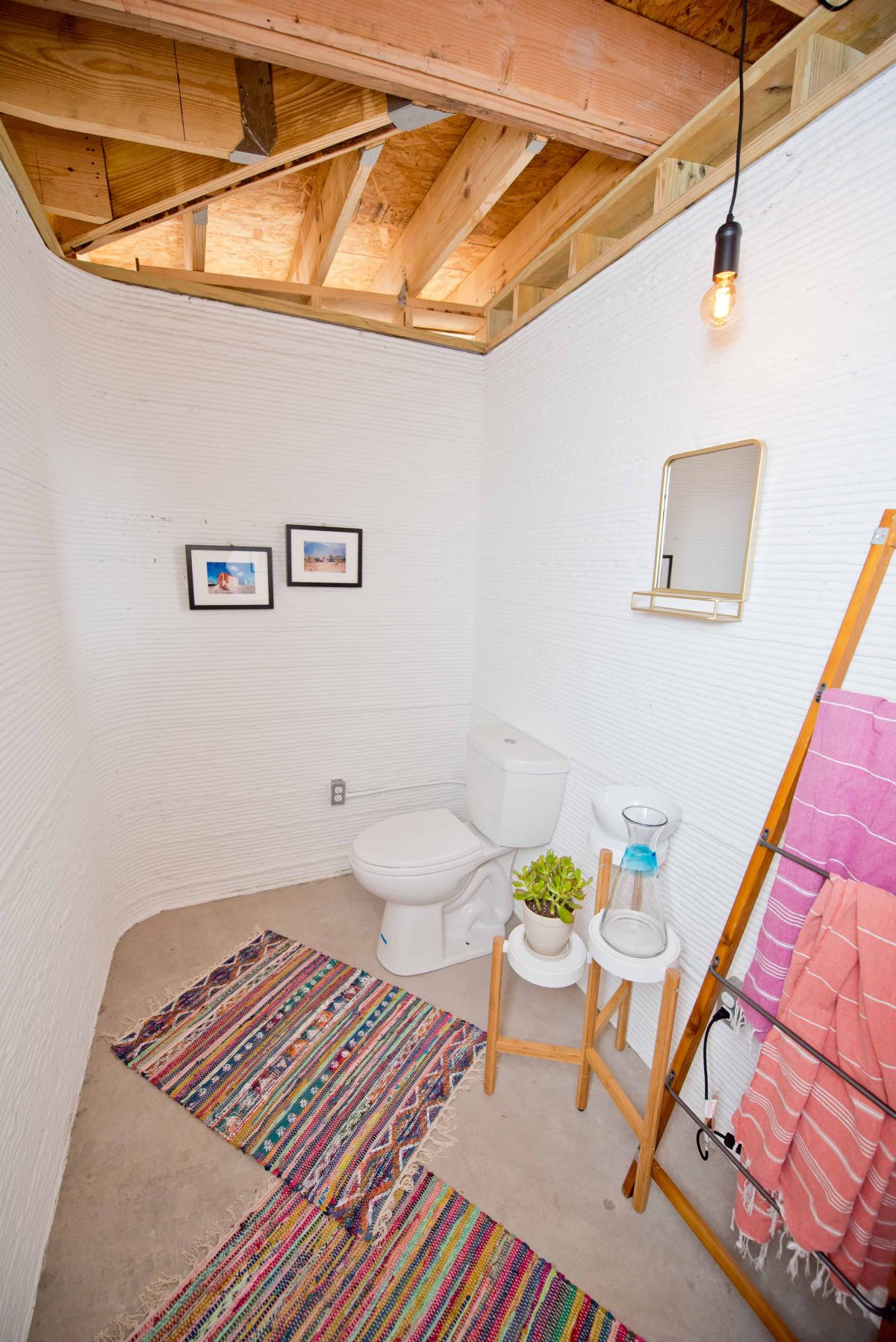
The post The First 3D Printed Home Is a Solution to Affordable Housing appeared first on Home Decorating Trends – Homedit.
